Buran with shuttle Russian Space Agency 1988
Production Time 9 to 10 weeks
Shipment is by FedEx, UPS or DHL International Express Courier with a normal door-to-door delivery time worldwide of within 2-3 business days after dispatch. Due to the current volatility of world fuel prices, the amount mentioned here is our best estimate for DHL and UPS and may be subject to change at the time of shipping.

Model Description: Buran with shuttle Russian Space Agency 1988 Wood Replica Scale Custom Model Aircraft
$349.50
Production Time 9 to 10 weeks
-
United States dollar ($)
-
Pound sterling (£)
-
Euro (€)
-
Australian dollar ($)
-
Canadian dollar ($)
-
Singapore dollar ($)
-
Swiss franc (CHF)
-
Japanese yen (¥)
-
Danish krone (kr.)
-
Hong Kong dollar ($)
-
Norwegian krone (kr)
-
Swedish krona (kr)
-
United Arab Emirates dirham (د.إ)
General Product Description
Our PlaneArts Buran with shuttle Russian Space Agency 1988 model exhibits unique, unrivaled quality and detailed design to come as close as possible to the accuracy of the actual plane. It comes as standard with a robust, durable base or stand which is available in a variety of different finishes designed to match your own personal requirements including solid wood, wood with polished metal supports or adjustable wood wall mount and will be ready within about 9-10 weeks from placement of order.
The Buran with shuttle Russian Space Agency 1988 is made of the finest kiln dried renewable mahogany wood (commonly known as Lauan or Meranti) which has undergone many stages of carving and meticulous and careful sanding giving the beautiful, finished museum quality masterpiece. Many collectors and model connoisseurs demonstrate their preference for genuine handmade and hand painted mahogany wood models rather than plastic or die cast (diecast) alternatives due to the overall look and totally different feel of the item - we trust you will find the same. We can however, if required produce the same model in Solid Cast Resin so just click and contact us for further information. Our craftsmen and gifted artisans ensure that our finely handcrafted model air and spacecraft match the precise blueprint details of the original version. The paint scheme, markings and parts are closely matched, reflecting the original craft. This stylish top-quality desktop replica model will surely enthrall anyone who receives this as a gift and for sure one of the most appropriate and desirably collectable gifts for every Space or Science Fiction enthusiast and avid Spaceship or Scifi collector whilst also displaying a perfect resemblance to the actual Buran with shuttle Russian Space Agency 1988 model.
If you require, we can also make the Buran with shuttle Russian Space Agency 1988 model in any other markings, livery or colour scheme you require and if necessary, in a different size or scale. Just click here to contact us with a description or photographs of what you require, and we will let you have a quotation for the necessary customization by return email. We can also make bespoke scale replicas of any other private / civil commercial airliner or airliners, helicopter, glider, gliders with engines, military jet, warplane jets, propeller warplanes, biplane, triplane, tail fin, spacecraft, rocket or NASA model you require in any airline, military or civilian livery or colors. We also produce Gerry Anderson models, model airship, blimp, dirigible, blimps, boat, and ship collectibles. Wall plaque or seal for military, government or private customers. Wall plaque or seal for military, government or private customers. Again, by clicking here to contact us just let us know exactly what you need.
The Buran Program: A Glimpse into the Soviet Union’s Answer to the Space Shuttle
In 1988, the Soviet Union launched one of the most ambitious projects in the history of space exploration: the Buran space shuttle. As part of the Soviet space program, Buran (which translates to “Blizzard” in English) was developed by the Russian Space Agency and represented the pinnacle of Cold War-era space race innovation. Unlike its American counterpart, the Buran shuttle only completed one unmanned orbital flight. However, the technological advancements and capabilities it demonstrated remain noteworthy. Here are the important features and aspects of the Buran program that underscore its significance in space exploration history.
Design and Capabilities:
The Buran orbiter bore a striking resemblance to the American Space Shuttle in terms of its design and intended functionality. It was about the same size and shape, designed to be launched vertically and capable of gliding back to a runway landing upon re-entry to Earth’s atmosphere. However, there were several key differences and improvements over its American counterpart:
- Launch System: Buran was launched using the Energia rocket, one of the most powerful launch vehicles ever created, capable of lifting up to 100 tons into low Earth orbit. Unlike the Space Shuttle, which had its main engines on the orbiter, the Energia rocket was a separate component, making the Buran potentially safer and reducing the risk of damage from launch debris.
- Autonomous Flight: Perhaps the most remarkable feature of the Buran’s maiden flight was its ability to operate entirely autonomously. The spacecraft completed two orbits around Earth, re-entered the atmosphere, and landed safely without any direct human control, a testament to the advanced onboard computer systems and automatic landing technology developed by Soviet engineers.
- Payload Capacity: The Buran was designed with a spacious cargo bay, capable of carrying up to 30 tons of payload into orbit. This capacity was on par with the American Shuttle, but the Buran also boasted a larger and more versatile cargo bay, allowing for a wider range of mission profiles.
- Crew Safety: Another significant advancement was in crew safety. Although the Buran completed its only flight unmanned, it was designed to carry up to ten astronauts. The spacecraft was equipped with an escape system that could be activated at any stage of the launch, potentially saving the lives of crew members in an emergency.
The Lone Journey and Legacy:
The Buran’s maiden flight on November 15, 1988, marked a significant achievement in space exploration. The spacecraft successfully completed its mission objectives, including deploying and retrieving a satellite, before returning to Earth. Despite this success, the Buran program was short-lived. The dissolution of the Soviet Union and subsequent budget constraints led to the cancellation of the program in the early 1990s.
Today, the legacy of the Buran program is a complex one. While it is often remembered as a symbol of the excesses of the space race and the financial strains it placed on the Soviet Union, it also represents a remarkable technological achievement. The innovations developed for the Buran program, particularly in autonomous flight and crew safety, have influenced space exploration technology and continue to inform current and future spacecraft designs.
In the end, the Buran stands as a testament to human ingenuity and the unrelenting desire to explore beyond the confines of our planet. While its journey was brief, its impact on the world of space exploration will be remembered for generations to come.
| Weight | 6 kg |
|---|---|
| Dimensions | 16 in |

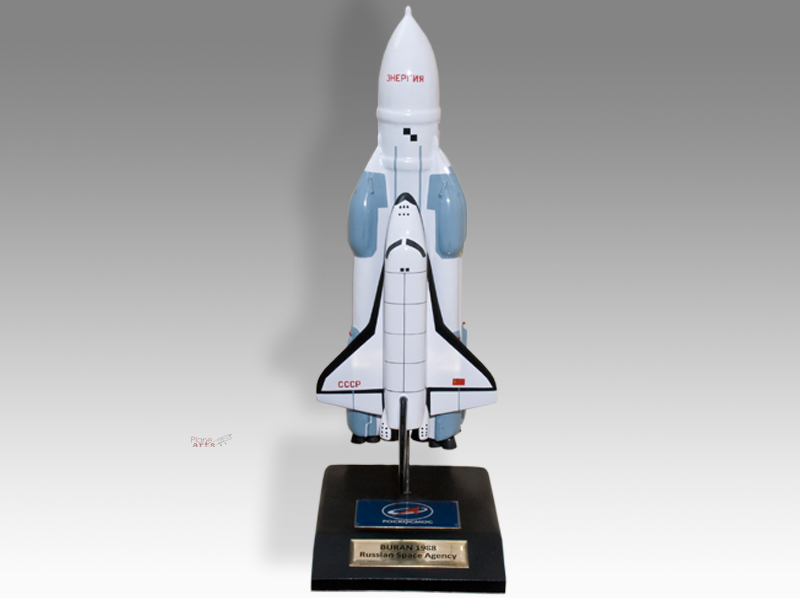

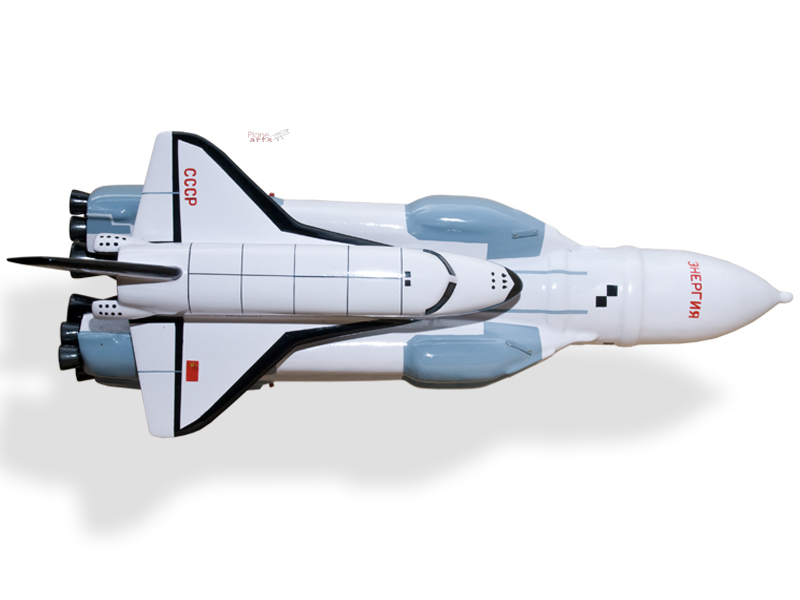
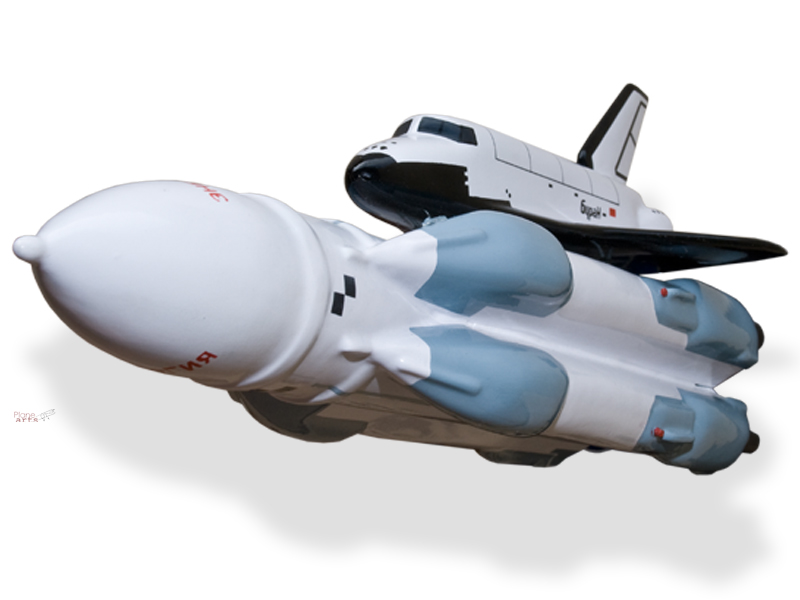
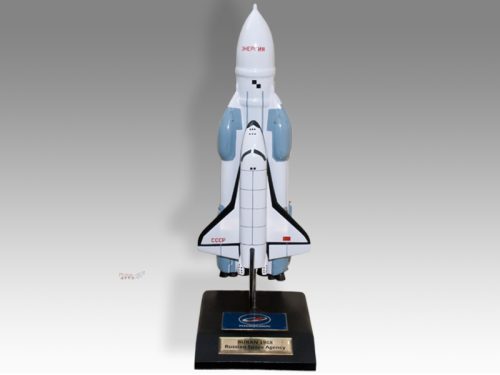

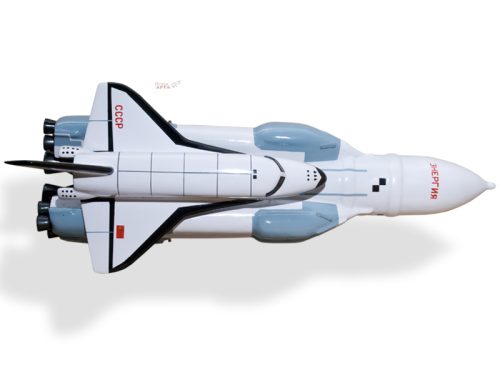



Reviews
There are no reviews yet.